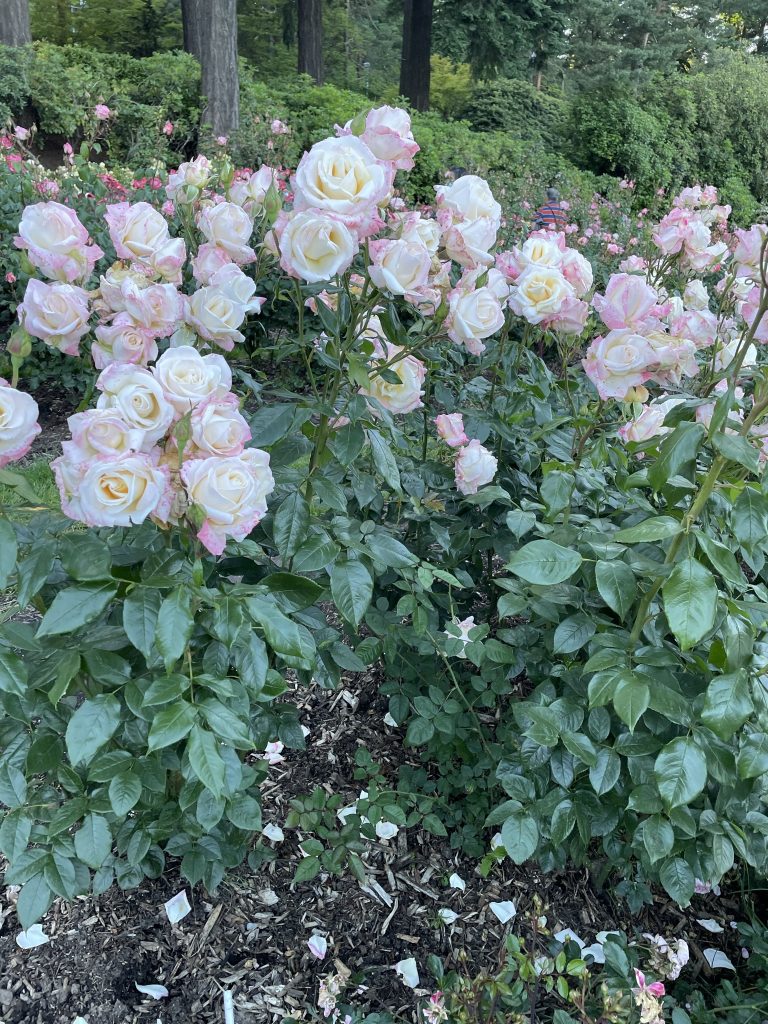Hello everyone! This is my first post in a new series I am starting called “Did you ever wonder?” Every few days, I will post the science behind an everyday topic that relates to the current times. These posts will be short and informative, but if you ever want me to elaborate further, free to leave a comment on a post or DM the @scienceathomekids instagram! Also, reach out if you would like for me to post about a specific topic that intrigues you!
So, today we will be discussing flowers! During the spring and summer, we are surrounded by flowers. They scatter the ground, and many trees and bushes are filled with them. However, flowers are often rare in the winter. So, why do flowers bloom in the spring and not in the winter?
To produce food and continue growing, plants undergo a process called photosynthesis. During photosynthesis, plants take carbon dioxide and water and create glucose (sugar) and oxygen. However, to undergo this process, energy is necessary. So, where does the plant get its energy? The sun, of course! Therefore, the more sun there is, the more food the plant can produce, and the more the plant can grow. In the spring, days begin to get longer, and plants are exposed to sunlight for longer periods of time. This helps the plants grow faster and produce flowers.
Additionally, water is another resource that plants need to undergo photosynthesis. You’ve probably heard the nursery rhyme “April showers bring May flowers.” And that’s right! In the spring, there is often an increase in rain, and plants are able to gain the water necessary to undergo photosynthesis.
Finally, the temperatures begin to get warmer in the spring. Recently, scientists have discovered a small molecule in flowers called Florigen. Flowers bloom when Florigen is activated, which often occurs when temperatures turn warm.
Here are some gorgeous photos of flowers at the International Rose Test Garden in Portland, Oregon!




